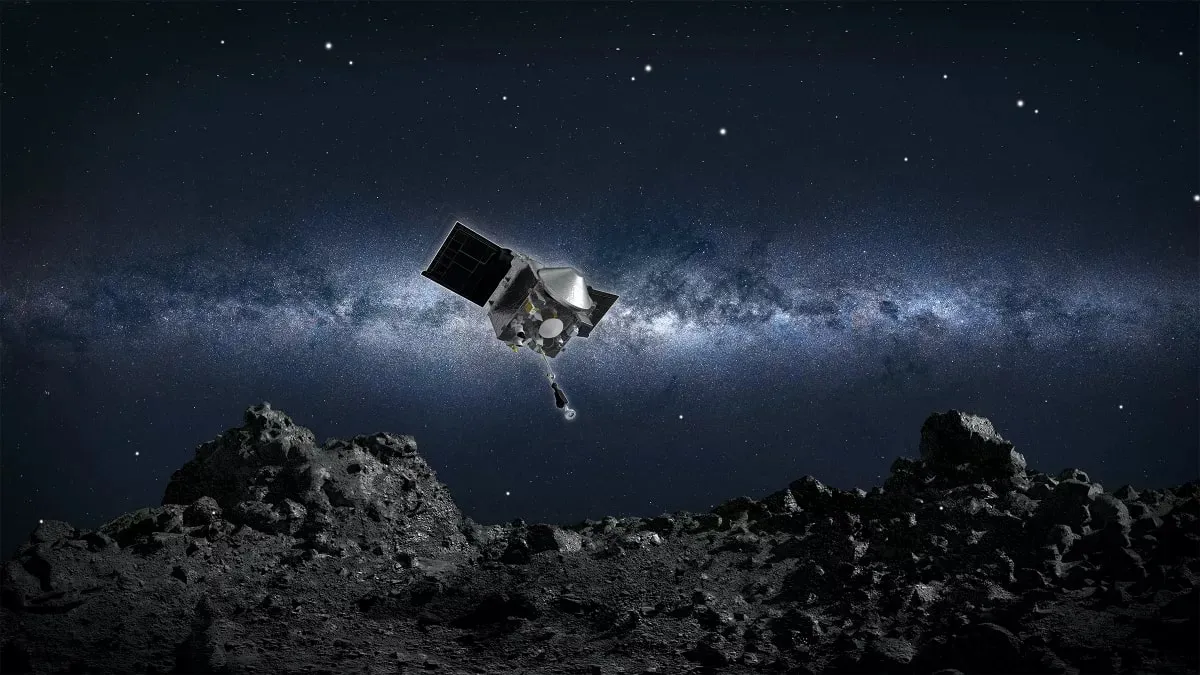Ancient news stories

Piecing together fragments of the world’s earliest known rune stone shows they fit together like a jigsaw puzzle and may have been separated intentionally, shedding light on the varied pragmatic and ritual aspects of early Germanic rune stones. See the research here.
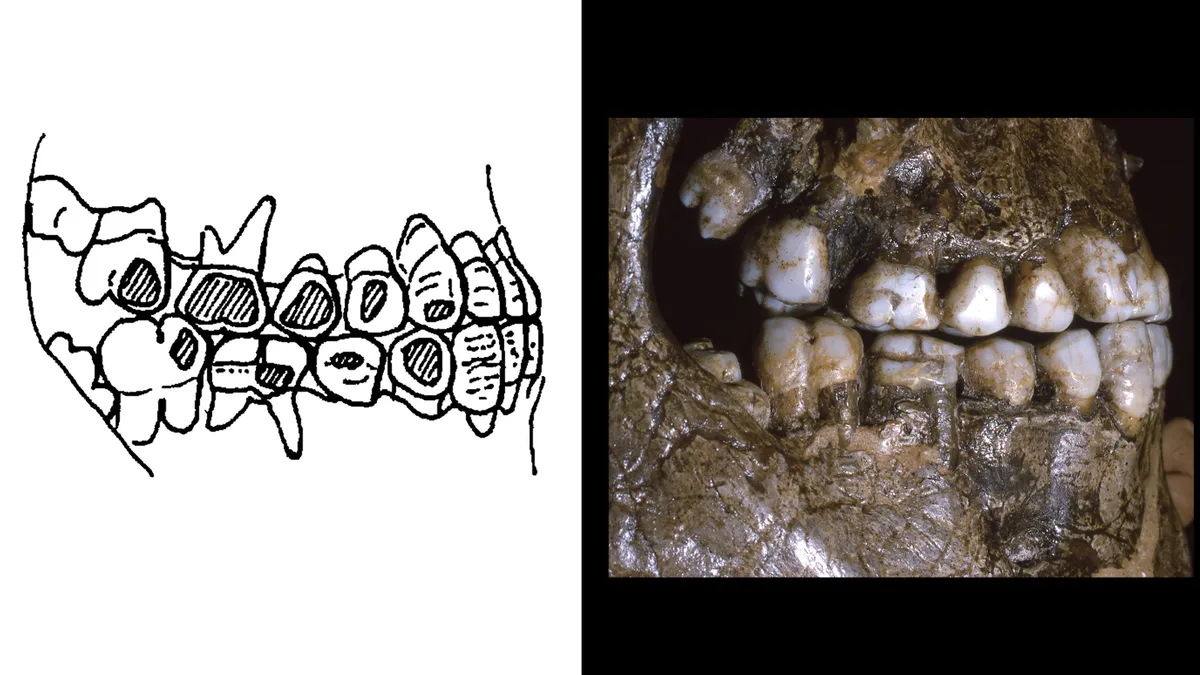
Strange, flat patches on the teeth of ancient Europeans have puzzled archaeologists for centuries. But one researcher thinks he’s solved the mystery: Ice age people as young as 10 years old rocked cheek piercings. The study was published Jan. 23 in the Journal of Paleolithic Archaeology.

Sheep have been intertwined with human livelihoods for over 11,000 years. As well as meat, their domestication led to humans being nourished by their protein-rich milk and clothed by warm, water-resistant fabrics made from their wool. The findings are published in the journal Science.

The focus of the prospecting campaign was on an area that during the Pleistocene housed a large lake, now completely dried up, with ancient wadis or dry riverbeds crossing the landscape. Egberts collected over 850 artifacts, ranging from very old hand axes from the Early or Old Paleolithic to Levallois reduction flakes from the Middle Paleolithic, all surface material.
A review of the oldest known dinosaurs has revealed that fossil evidence for their origin probably has not yet been discovered. Most of the earliest dinosaur fossils have been found in South America and Africa.

A new study reveals that what lies beneath the lunar surface may be more dynamic than previously believed.

Researchers are investigating who — or what — cut ancient tunnels in sandstone in Brazil and nearby nations.
Footprints measuring 92cm in width found in Mongolia have raised the prospect of an as yet undiscovered skeleton of the largest bipedal dinosaur ever.
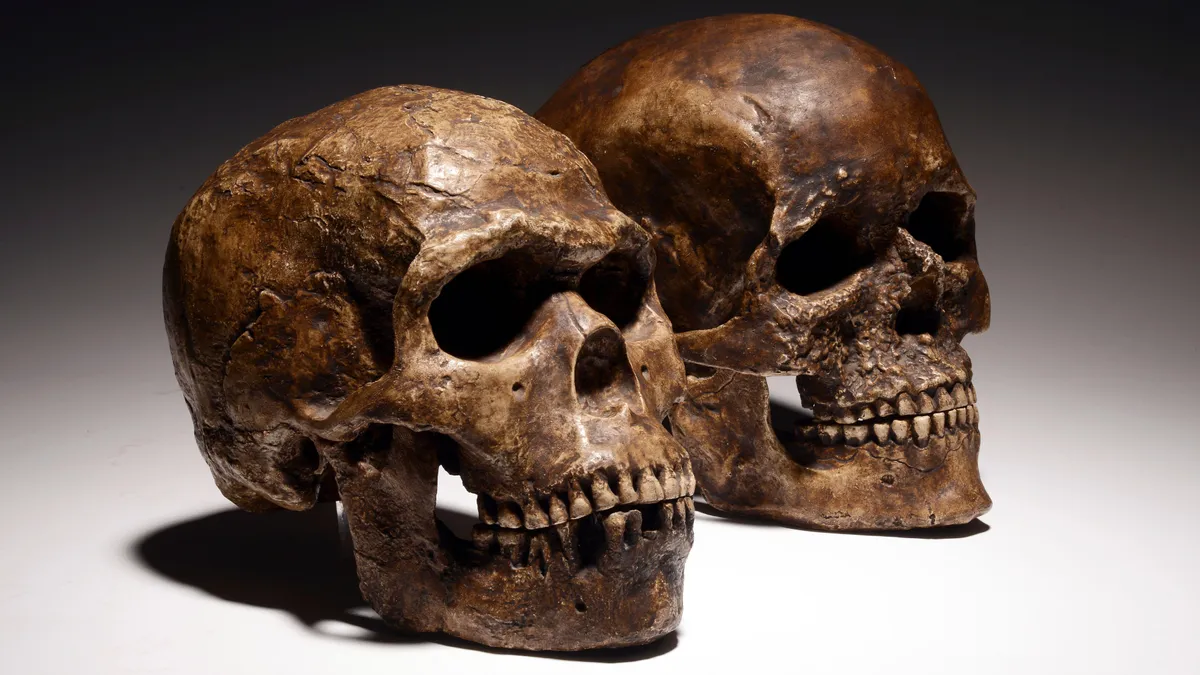
When modern humans journeyed out of Africa, a rapid evolution in their red blood cells may have helped them survive — but it may have also led to the eventual disappearance of Neanderthals, a new study finds.

Our research has revealed that the femur’s contents are arguably the oldest multi-component arrow poison in the world. It’s a complex recipe combining at least two toxic plant ingredients. There’s also evidence of a third toxin.
The bones are at least 1.95 million years old but could be up to 2.2 million years old. They may help build a picture of when early human ancestors left Africa and reached Europe and Asia, and the route they took. This has been an area of debate for decades. The paper was published in Nature Communications.

Astronomers have been confounded by recent evidence that the universe expanded at different rates throughout its life. New findings risk turning the tension into a crisis, scientists say.
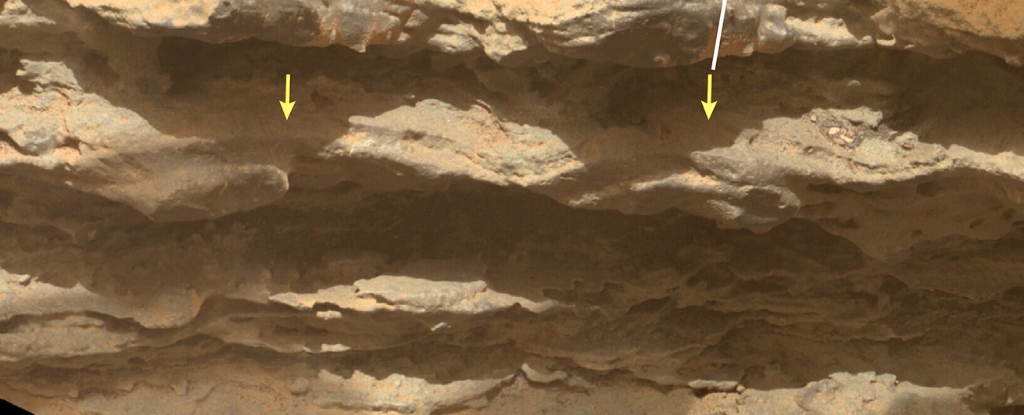
NASA’s Curiosity Rover has been exploring Mars since 2012 and more recently has found evidence of ice-free ancient ponds and lakes on the surface. The rover found small undulations like those seen in sandy lakebeds on Earth.
Homo erectus may have been more adaptable and resilient than it’s often given credit for – new research provides evidence it adapted to live in desert-like conditions 1.2 million years ago. Archaeologists published findings in Nature Communications Earth & Environment.
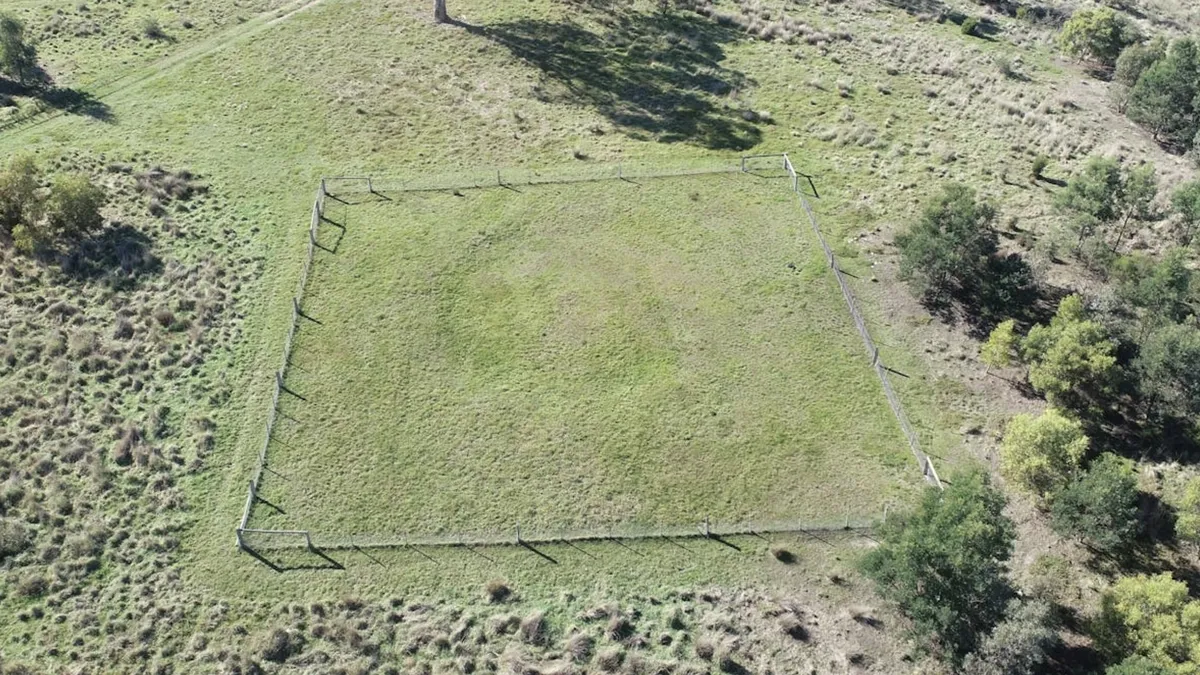
Our new study, published in Australian Archaeology, presents the results of the only known archaeological excavation of one of these rings combined with Wurundjeri Woi-wurrung understanding of these enigmatic places.





